PPT-Topic 8: Oligopoly and game theory
Author : iris | Published Date : 2023-06-22
Topic 8 Part 1 30 May 2013 Date A ntitrust Economics 2013 David S Evans University of Chicago Global Economics Group Elisa Mariscal CIDE ITAM CPI Overview Role
Presentation Embed Code
Download Presentation
Download Presentation The PPT/PDF document "Topic 8: Oligopoly and game theory" is the property of its rightful owner. Permission is granted to download and print the materials on this website for personal, non-commercial use only, and to display it on your personal computer provided you do not modify the materials and that you retain all copyright notices contained in the materials. By downloading content from our website, you accept the terms of this agreement.
Topic 8: Oligopoly and game theory: Transcript
Download Rules Of Document
"Topic 8: Oligopoly and game theory"The content belongs to its owner. You may download and print it for personal use, without modification, and keep all copyright notices. By downloading, you agree to these terms.
Related Documents


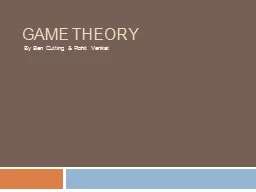



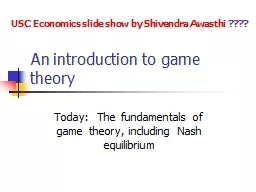



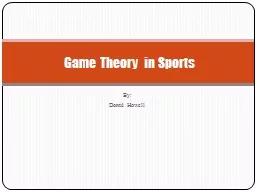
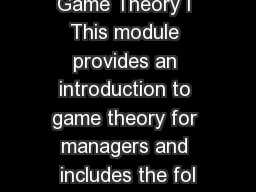
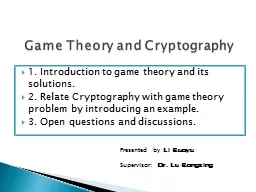
![[DOWLOAD]-Game Development Planner: My Great Game Ideas - Video Game Design Book - For](https://thumbs.docslides.com/990762/dowload-game-development-planner-my-great-game-ideas-video-game-design-book-for-game-developer-game-designer.jpg)
